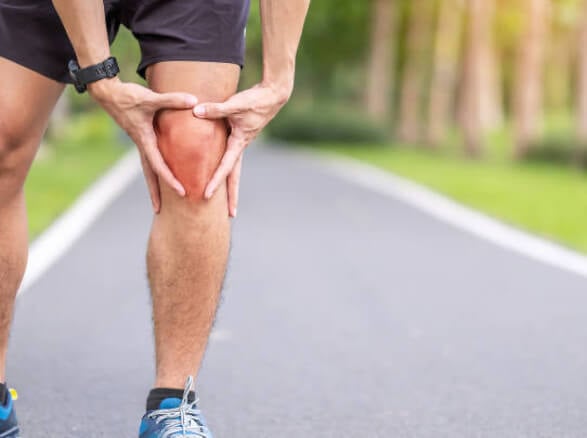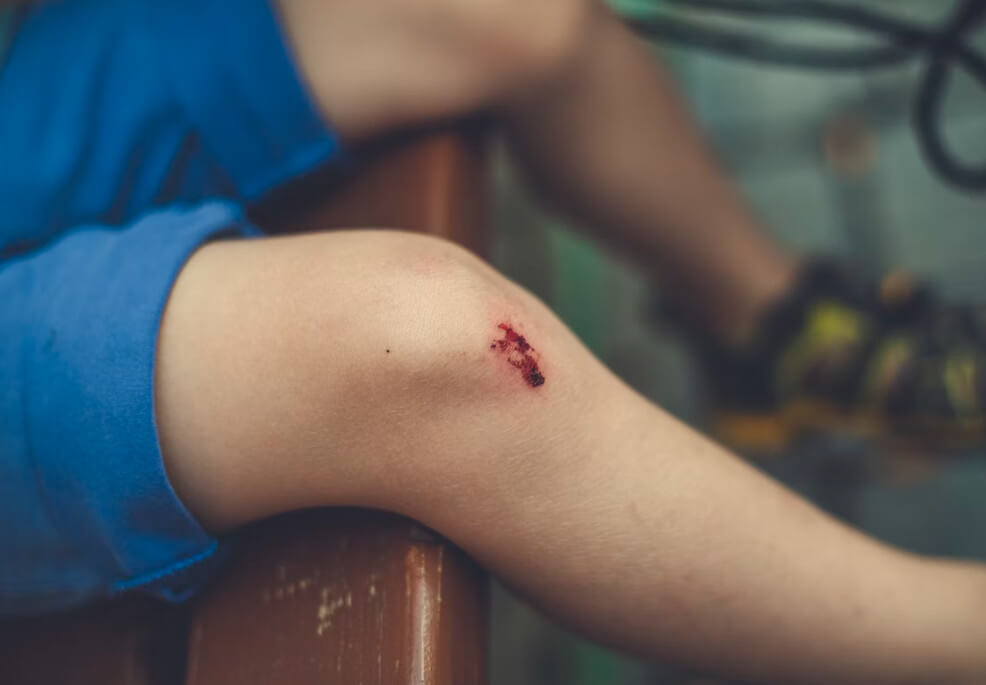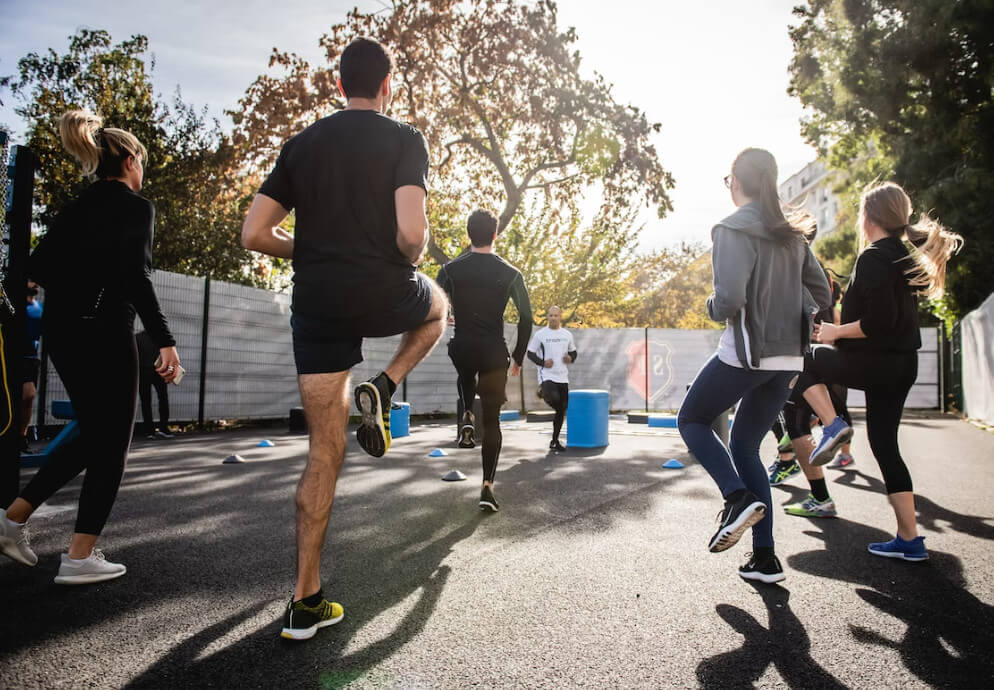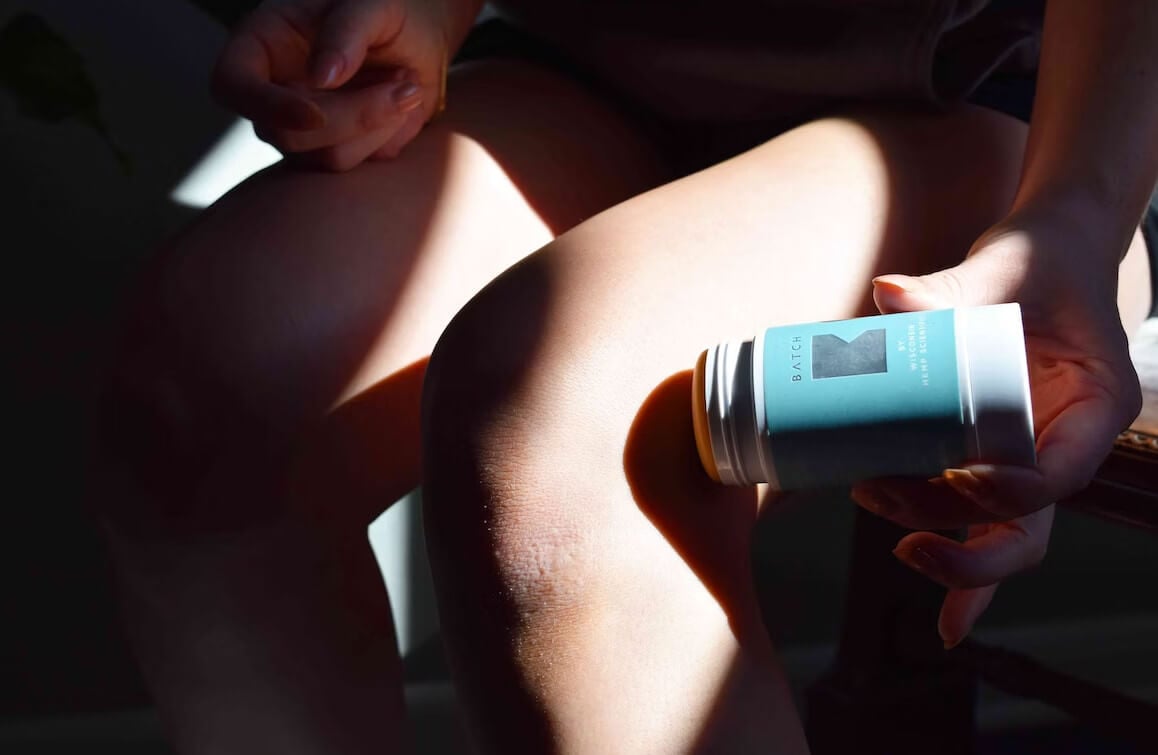Over the years, workouts have become a part of our everyday routine. Oftentimes, people work out based on the idea of keeping fit, that is for general body fitness while other times, to help them achieve a particular feat including bodybuilding,
muscle growth
, abs, tiny waists and to burn calories.
Generally, exercises help us to improve and maintain body fitness which in turn, has an impact on our overall health. So, whether you are aiming at
strength training
or agility, or
weight loss
, there are always different exercises tailored to meet these needs.
For context, a workout is a series of exercises that helps to enhance the body’s fitness and performance. However, some types of exercises often lead to soreness in the muscle, body fatigue, and burnout at a faster rate, which could hinder your chances of keeping up with your workout sessions. In this case, what do you do? chicken out or curl up like a couch potato? Best believe this is not your intention. So, what is the way forward? That is what this article will help proffer answers to.
So, in this article, we examine the causes of knee pain when running or working out and then give tips on how to prevent these pains.
To fully grasp the causes of knee pain, we need to understand what knee pain is and why your knee hurt so much when you run or work out.
Knee pain: What are they and how do they occur?

Knee pain is a common problem across all age groups. However, knee pain mostly occurs as a result of injury during rigorous exercises and workout sessions. This injury may be in the form of a tear in the cartilage or a rupture in the ligament. Moreover, knee pain could also arise as a result of impending or recurring medical conditions for instance in cases of gout, infection, and rheumatoid arthritis.
Causes of knee pain
1.
Knee injuries
An intense workout could cause injury to the tendons, the fluid-filled sacs, or the ligaments around your knee joint. This injury may extend to the bones and cartilage that make up the joint. In line with our article focus, here are some common knee injuries include;
2.
Anterior Cruciate Ligament (ACL) injury
ACL is any sprain or tear caused to the anterior cruciate ligament, which is one of four ligaments that links the shinbone to the thighbone. Specifically, they are common in people who play sports that cause them to change position swiftly, for example, basketballers, footballers, and long tennis players.
3.
Fracture
A fracture may occur due to an auto-crash, or accidental falls thus causing damage to the patella (kneecap). So, if you are prone to falling from exhaustion during running, you may accidentally damage your kneecap. Another set of people who are liable to a fractured knee are people battling osteoporosis (bone disease).
4.
Knee bursitis
This is also known as small sac fluid injury. The knee is surrounded by small sacs of fluid that cover the top of your knee joint to help your ligaments and tendons move over the joint smoothly. However, when an injury occurs to the sac, it leads to inflammation of the knee.
5.
Patellar tendinitis
Patella is also known as the kneecap. Any injury to the kneecap or the tendons can result in an inflammation known as tendinitis. The tendon is a thick fibrous tissue that connects your muscles to bones. Several tendons run from your kneecap to the shinbone thus letting you perform activities such as running, kicking, or jumping. So, any inflammation of these tendons will result in tendinitis, which can be very painful. People who are liable for patellar tendinitis include cyclists, runners, and skiers. However, if your workout sessions involve running or jumping activities, then you are also liable for this injury.
6.
Torn meniscus
The meniscus is a rigid and elastic cartilage that helps to absorb shock between your shinbone and thighbone. Sudden twists and turns of the knee can result in a tear as a lot of pressure and weight would be exerted on that portion of the knee.
In addition to the major causes of a knee injury, the following factors could also cause your knee to hurt;
-
Dislocated kneecap
: there is a bone covering your patella (kneecap). This bone is triangularly shaped and if any of its sides shift out of position unto the outer part of the knee, it results in a dislocation. Sometimes, this dislocation may even be visible on the outside of your skin. -
Hip or foot pain
: perhaps you developed a hip or foot pain during your workout session that caused you to limp, this may place a lot of weight on your knee joint and cause your knee to hurt. -
Iliotibial band syndrome
: is one that occurs when the rigid band of your tissue runs from the anterior part of your hip to the outer part of your knee (the iliotibial band), making it so closely packed that it snags against the external part of your thighbone. Examples of people prone to iliotibial band syndrome are cyclists and distance runners. -
Saggy body
: sometimes, having a loose body could tamper with your knee joint movement. For instance, in the case of a knee injury or bone or cartilage degeneration which causes a detachment to your bone or cartilage, leaving the bone to float within the joint space, having a loose body could increase the pain you feel.
Having known the types of knee pain there are, you want to know the signs that may be an indication of this knee pain. The next section discusses these symptoms.
Symptoms of knee pain
Depending on the specific causes of knee pain, the symptoms may vary in intensity and across different locations. However, there are known signs that could be told that you have knee pain. Symptoms include but are not limited to;
-
Swelling and rigidity

Sometimes, the first sign you would notice when you have knee pain is swelling. Accompanying this, you may notice a feeling of stiffness around the affected knee.
-
Redness and warmness in the affected area
Progressively, the swelling could start to show signs of inflammation which would be visible as redness and a warm feeling around the affected area. This is an early sign for you to check in with your doctor on what may be the cause.
-
Popping sounds
You may also notice that your knee is making some weird sounds at intervals. This simply confirms that there is an obvious problem with your knee pain that if not treated may further deteriorate.
-
Pain and weakness around the knee
All the signs leading up to this stage are enough to tell that the injury is weakening your knees. Hence, the next symptom you would experience is weakness around the affected knee which may cause a fever. Thus, leading to the last symptom.
-
Inability to flex the knee
At this point, the knee injury has worsened and the pain would not allow you to straighten the knee fully. This may cause you to limp with the other leg or in a worst-case scenario, use a wheelchair.
Having these full-fledged symptoms means that you would require the immediate attention of the doctor, who would then examine the issue and suggest a likely treatment option.
These symptoms could be very debilitating, thereby preventing you from going about your daily activities. So, the next session focuses on preventing knee pain.
How to prevent knee pain when running or working out
Although it may not be possible to stop the occurrence of knee pain, however, there are some preventive measures you could take to reduce your chances of getting knee pain. These measures include;

I.
Engage in warmup exercises
: Before running, you want to make sure you do a few
warmup exercises
to stretch your muscles. Don’t just pick up your boots and start running. Engage in a few exercises like jogging around, and a little twist and turns to keep your body flexible.
II.
Keep up with exercises
: while you may not run every day, it is important to keep up with
exercises
so, your body doesn’t slide back into relaxation mode. The body gets used to routines so, you want to make sure that on the days you are off running, you are doing a mimic to train your body to get used to running. You can
fast-walk
, bike around, jog, or even swim, just anything to keep your body active.
III.
Exercise your legs
: although your whole body takes part in the run, however, your legs are the major players that do the job. So, be sure to always strengthen your leg muscles. To do this, you can involve in a few exercises that are tailored to keep your legs fit.
IV.
Build momentum
: when you start anything, you always move from bottom to top as in a ladder. The same goes for running too. Don’t just start running miles on the first day. You want to make sure that you are building momentum. Run a meter today and then gradually increase your pace as the days go by. This way you can be sure that you are not exerting too much pressure on your muscles.
V.
After-run treatments
: after each run, don’t just go about your day’s business. You want to make sure you are keeping track of your knee health. Chances are you would not readily know if you have any injury as your body is sore and so you may not feel any pain until later. So, be sure to use some ice packs on your knees to numb your knee to prevent any form of inflammation.

VI.
Use the medication as needed
: this is also a form of after-run treatment. Mostly you would need anti-inflammatory drugs to numb body soreness after a run however, this is not a license to self-medicate so be sure to speak with a medical doctor to prescribe the right medications for you.
VII.
Indulge dietary supplements
: supplements are a good way to get extra vitamins needed to keep you healthy. So, you want to make sure you are eating
healthy pre-workout meals
and taking the right supplements to augment your foods. Also, you need to stay
hydrated
to help your metabolism.
VIII.
Stay fit
: staying fit is a good way to maintain a healthy weight. Doing this can greatly keep your body looking firm and in turn, improve your overall appearance. Excess weight could overload your knee and increase your risk of having a joint injury.
IX.
Be cautious of your workout activities
: some exercises are more intense than others so, you want to make sure the exercises you are exercising in the right way and in the right proportion. Choose exercises that are less strenuous and a good fit for you. However, if the exercises are a little tedious,
understanding the best exercise frequency
can help you find the right balance and start small and gradually increase the pace. This way your body will slowly begin to adapt to these little changes in your exercise routines.
Final note
Workouts are a great way to get in shape and improve your appearance and confidence. However, knee pain could hinder this activity. So, ensure you are alert to catch any of the symptoms that could indicate knee pain. Doing this would not only prevent knee pain but also save you from preventable medical expenses.
Remember, staying fit is good business. so, be sure to always keep fit.

 By myulikeadmin
By myulikeadmin



